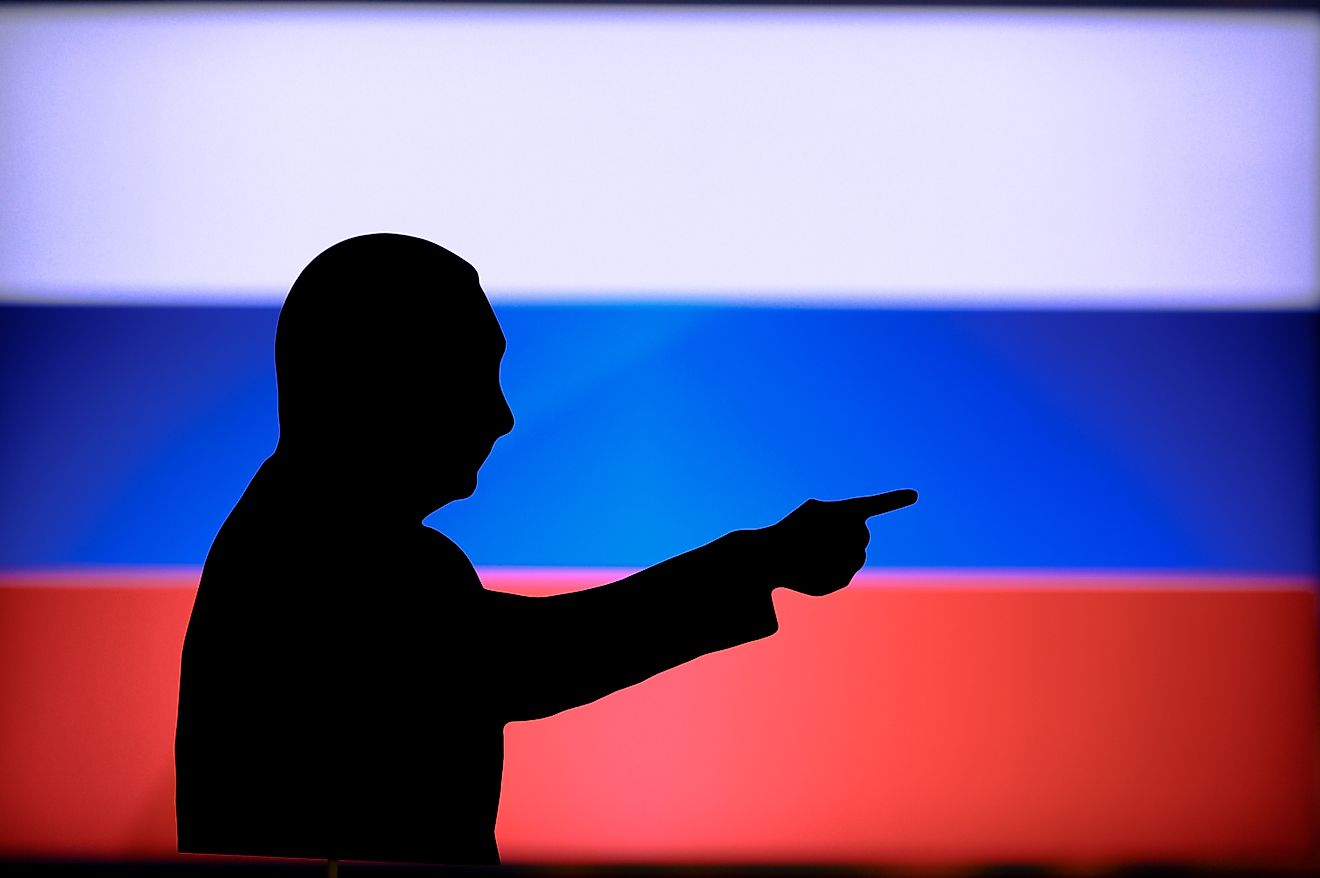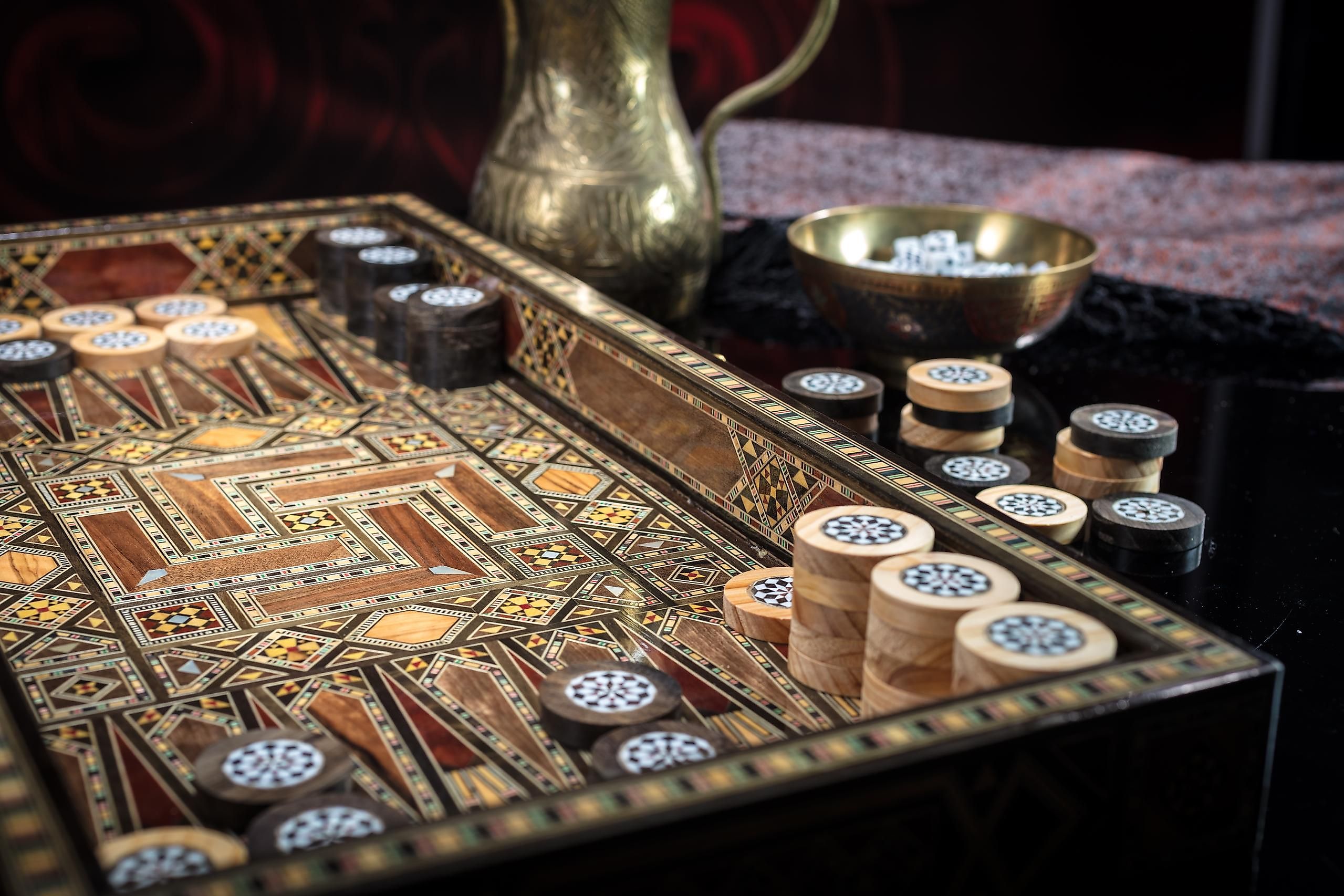
Ancient Persian Inventions That Are Still Used Today
Ancient Persia was a military marvel and steward over a vast ancient empire stretching from the Balkan Peninsula in the west to India at its eastern edge at its greatest extent. The ancient Persians were also well known for their scientific achievements. Many of their greatest inventions profoundly affected the world and continue to be used today. In fact, descendants of these early inventions are likely found at this very moment. To celebrate the ingenuity of ancient Persia, here are 10 of their greatest inventions.
Algebra
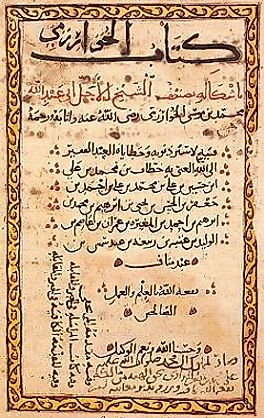
Muhammad Ibn Musa al-Khwarizmi was a Persian mathematician known as one of the most important thinkers of all time. Besides his work in astronomy and geography, Al-Khwarizmi is thought of as the creator of algebra. Born sometime in the late 8th century, he likely grew up in Central Asia around Turkmenistan and Uzbekistan. The words algebra and algorithm come from the Latinisation of his name, Algoritmi. Al-Khwarizmi published his seminal work around 820 AD called The Compendious Book on Calculation by Completing and Balancing. The book established algebra as its own discipline, showing its readers how to solve polynomial math problems and even establishing a formula for solving quadratic equations.
Backgammon
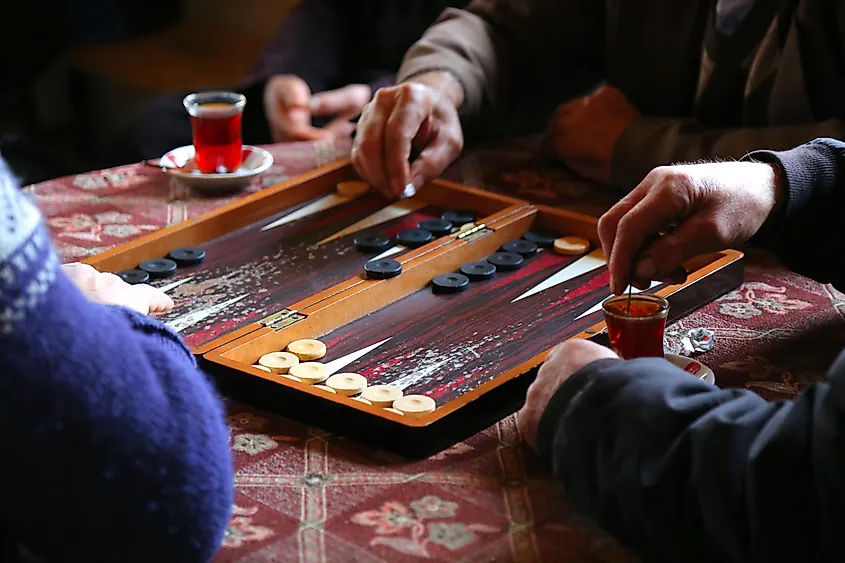
Thought to have been invented in approximately 3,000 BC in present-day Iran, Iraq, and Syria, backgammon is known as the oldest known game in the world. It even precedes chess. The name we know it by comes from backgammon’s introduction into the English-speaking world during the medieval period as “bac gamen.” Backgammon was known for being high-speed and very challenging. During the Crusades, Christians played the game so much that the Church tried to outlaw it. These efforts were unsuccessful, however, as the game could even be played in the sand.
Batteries
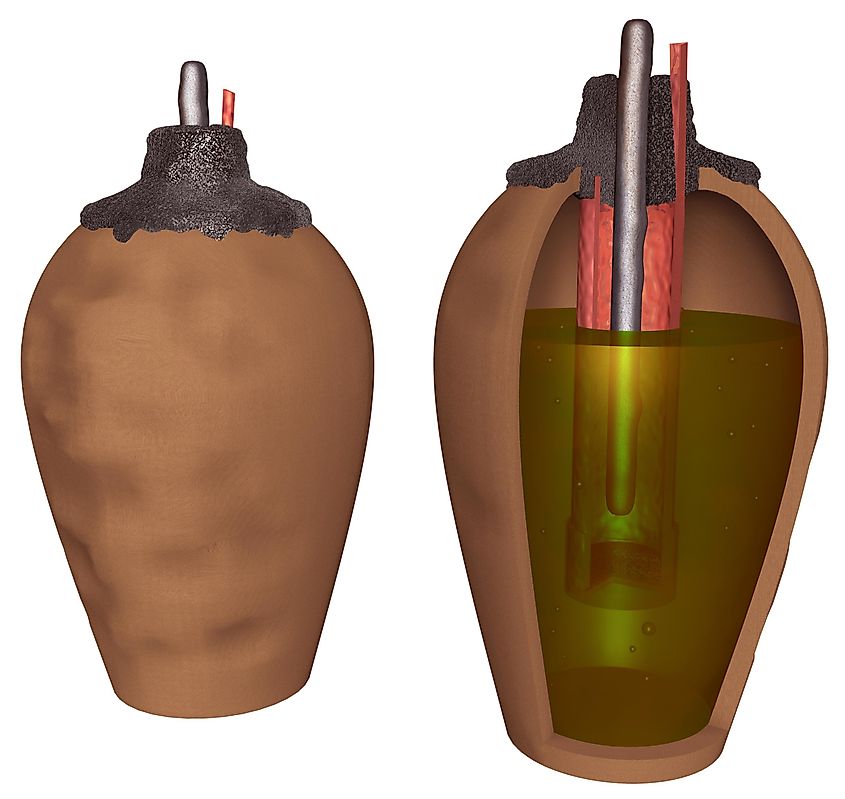
In 1936, a mysterious device was excavated from present-day Iraq. The excavation site was near the former capital of Parthia and Sasania. Both of these Iranian empires controlled the region when the device was believed to have been invented. Called the Baghdad Battery, these three artifacts were a ceramic pot, a copper tube, and an iron rod. Wilhelm Konig hypothesized it was a galvanic cell possibly used for electroplating. Much debate raged about the device’s purpose, but the Baghdad Battery mysteriously disappeared during the 2003 U.S. invasion of Iraq.
Qanat
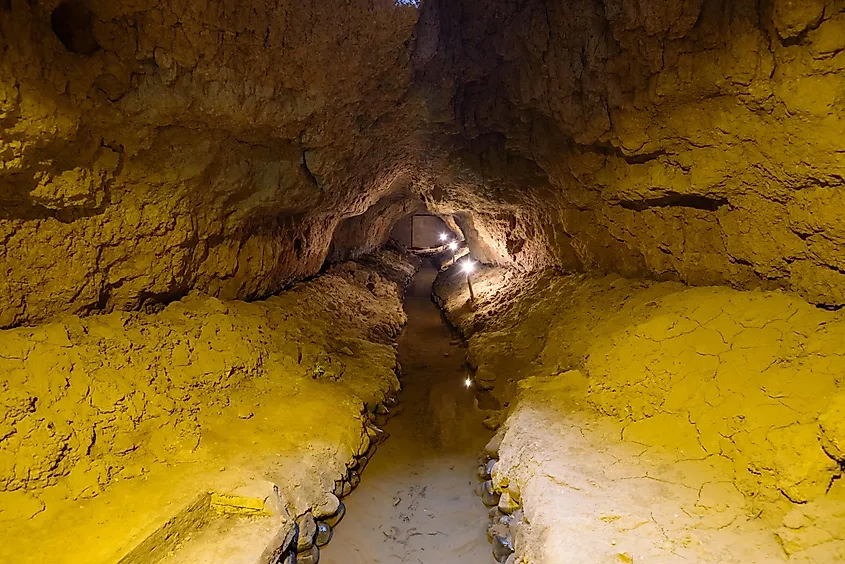
Invented roughly 3,000 years ago by the ancient Persians, Qanats were brilliant inventions that allowed for large-scale crop irrigation and water distribution. Called kariz in Farsi, the qanat uses a series of shafts and tunnels built beneath a hill, diverting the water table through gravity towards open channels for all kinds of uses. The tunnels all have a slight slope, carrying the water to its destination. The trick was getting the slope at just the right angle. Too much would be wasteful, whereas too little would be insufficient. By comparison, the Roman aqueducts were thought to have been built around 300 BCE. Recognized by UNESCO as a remarkable example of technology, the qanat systems stand as a prime example of the ingenuity of ancient Persia.
Guitar
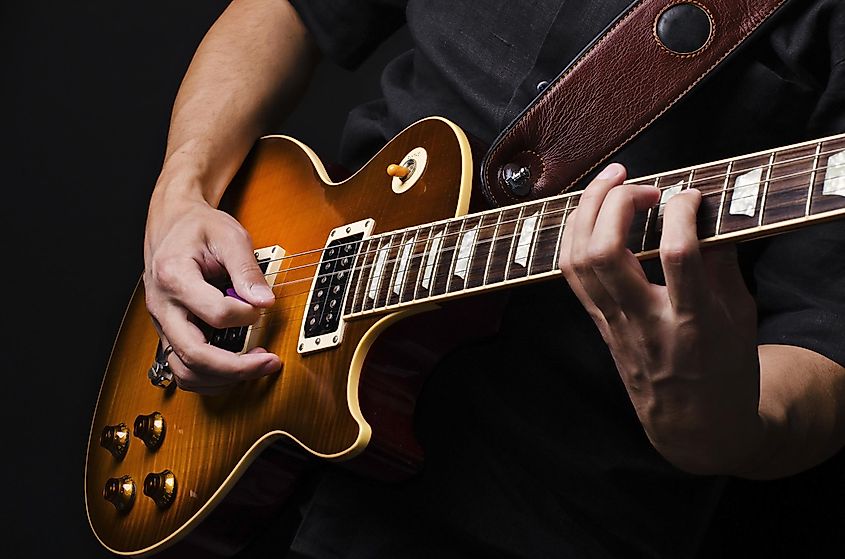
Fans of Rock and Roll may be surprised to hear that the beloved guitar can trace its origins back roughly 3,500 years ago to ancient Persia. Two centuries later, Hittite carved a statue of a man playing guitar out of stone. This constitutes the oldest proof of the origins of the guitar. The instrument would grow in popularity and spread across the Middle East, out towards Egypt, Ancient Greece, and even China. This proto-guitar would evolve constantly, with each interaction changing its components, building materials, and designs. Descendants of the proto-guitar exist in Greece today, known as the Chitara and Tanbur.
Human Rights
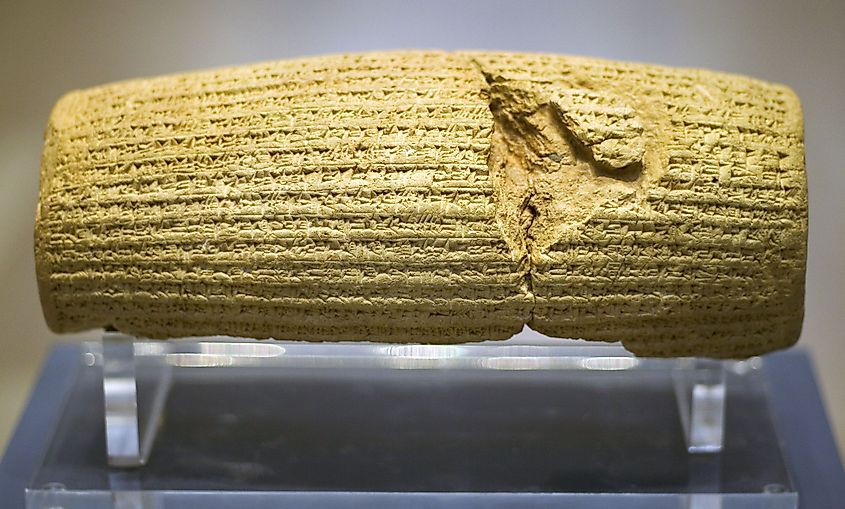
Cyrus the Great, ancient Persia’s first king, swept through the city of Babylon in 539 BC. His army was victorious, and it was not uncommon for conquerors to permit the looting and enslavement of their defeated victims. Instead of destroying Babylon, Cyrus did something else. He freed the city’s enslaved population, decreed religious plurality, and even did away with the racial hierarchy. These declarations and others were enshrined in Akkadian cuneiform onto a baked clay cylinder. Known today as the Cyrus Cylinder, this artifact represents the first-recorded charter of human rights and has been translated into all six official languages of the United Nations. The cylinder even has parallels with the U.N. Declaration of Human Rights, written nearly 3,000 years later.
Modern Medicine
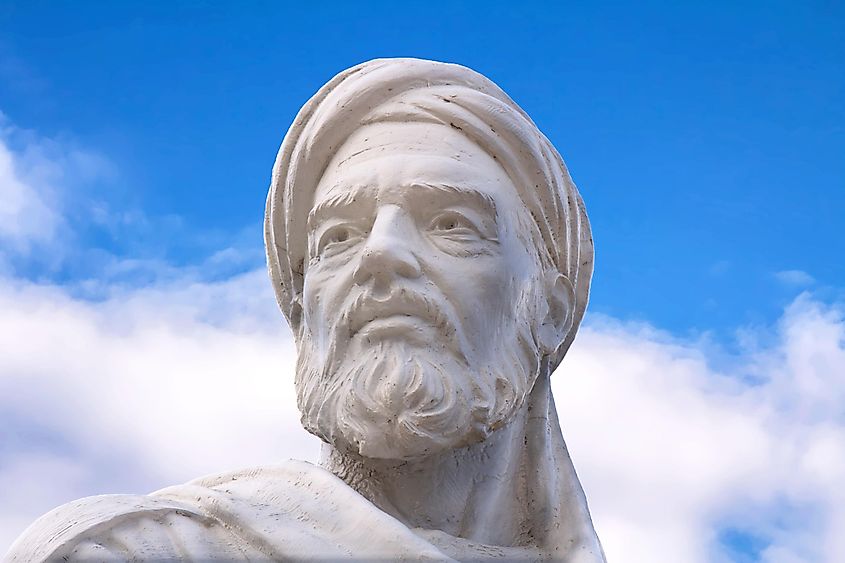
Ibn Sina or Avicenna was an Iranian philosopher and physician who lived during the 10th and 11th centuries. He was a brilliant scientist and scholar whose work was renowned throughout the Islamic world. His work is credited with building the infrastructure upon which modern medicine was created. Drawing from the work of Hippocrates and Galenus, modern researchers believe Avicenna’s could sufficiently override his predecessors and perhaps even all previous known scientific works. His published work, known as The Canon of Medicine, compiled medical techniques, medical substances, diagnoses of region-specific diseases, and more. The Canon remained the medical authority for centuries and was even used in Medieval Europe.
Refrigerator
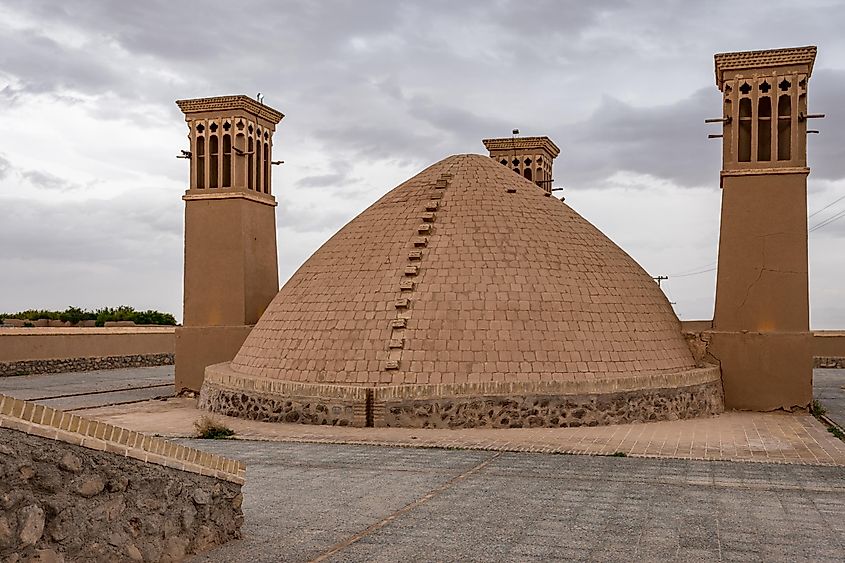
Did you know the first fridge was invented by the ancient Persians? Without electricity, the idea of keeping perishable foodstuffs cold seems mind-boggling, but the Persians were incredibly ingenious when it came to making do with the technology at hand. The Yakhchal was a pyramid-like structure resembling the pyramids built in Mesoamerica. These were not religious or burial purposes, however. The Yakhchal, a word meaning “ice pit,” kept things cold using an evaporative cooling system. It could even freeze some items! Wind catchers and water flowing from qanats allowed the ancient Persians to preserve food throughout the brutal Central Asian summers.
Alcohol Distillation
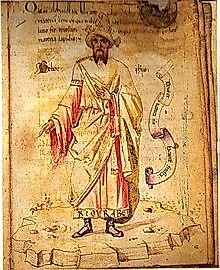
An Iranian scholar named Abu Musa Jabir ibn Hayyanzi, born in 721 AD, was a brilliant inventor and scientist. As the son of a pharmaceutical chemist, Hayyanzi is also credited as being the first to distill alcohol. Although alcohol had existed previously, having been discovered as far back as 4,000 BC, these beverages were fairly low in alcohol content and hardly resemble anything available at a liquor store today. Hayyanzi is also known as the father of chemistry, thanks to his research on acids and alkalis.
Postal System
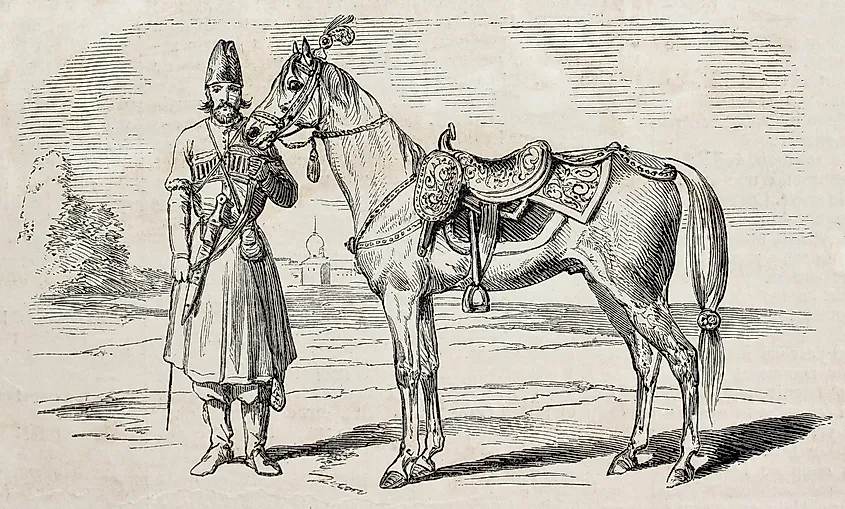
Between approximately 550 and 330 BC, the Achaemenid Persians developed a mass postal system that completely eclipsed the patchwork forms of mail delivery used in Babylonia. This system, called pirradazis, based on horsemen operating on a relay system, could get mail from one end of the empire to the other in a matter of days. This was something previously unheard of! Scholars say mail could be sent from Western Iran to Western Turkey in as little as a week. This system was crucial as the imperial territory stretched from Greece to India at its peak. Messages were often sent from South Asia to Egypt, something which would not have been possible if they were not such outstanding horsemen.
Heavy Cavalry
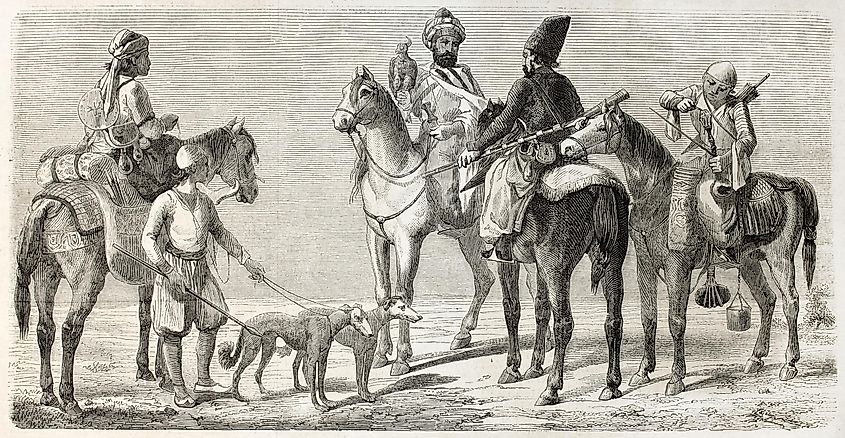
This expertise with horses was not only used to deliver mail. The ancient Persians also leveraged their expertise on horseback in their military campaigns as well. The use of heavy cavalry, combining scale armor with mounted horseback units, is believed to have developed on the Iranian Plateau. The nisean horses bred by the Persians were large enough for the task and proved invaluable in the conflicts against the Neo-Assyrian Empire. These heavy cavalry units helped contribute to the rise of the Achaemenid Persian empire and the creation of heavy cavalry units elsewhere in the ensuing arms race.
The ancient Persians were a beacon of scientific, medical, scholarly, and military achievement. As an empire, they helped establish human rights and the creation of modern medical doctrine. They pioneered irrigation techniques and even refrigeration technology pre-electricity! The ancient Persians developed countless inventions of irrefutable scientific importance whose impact continues to be felt today.











